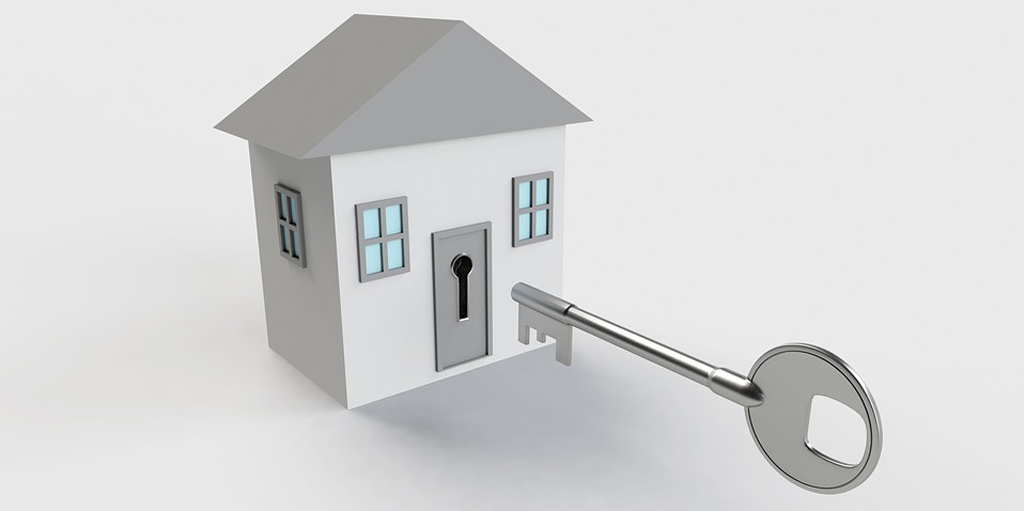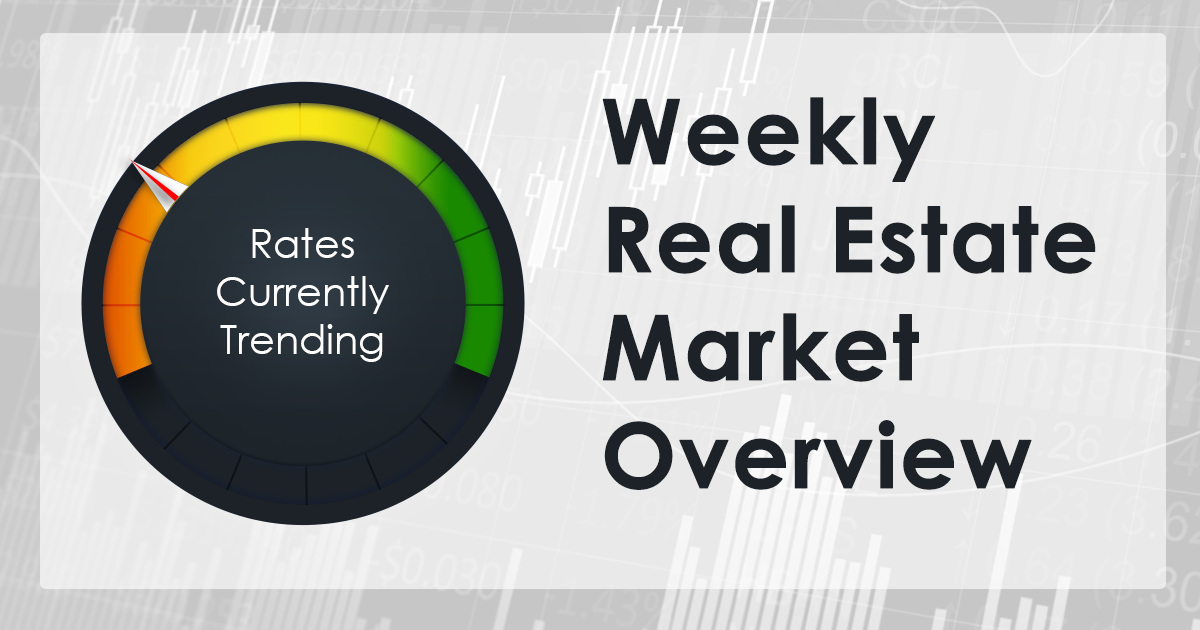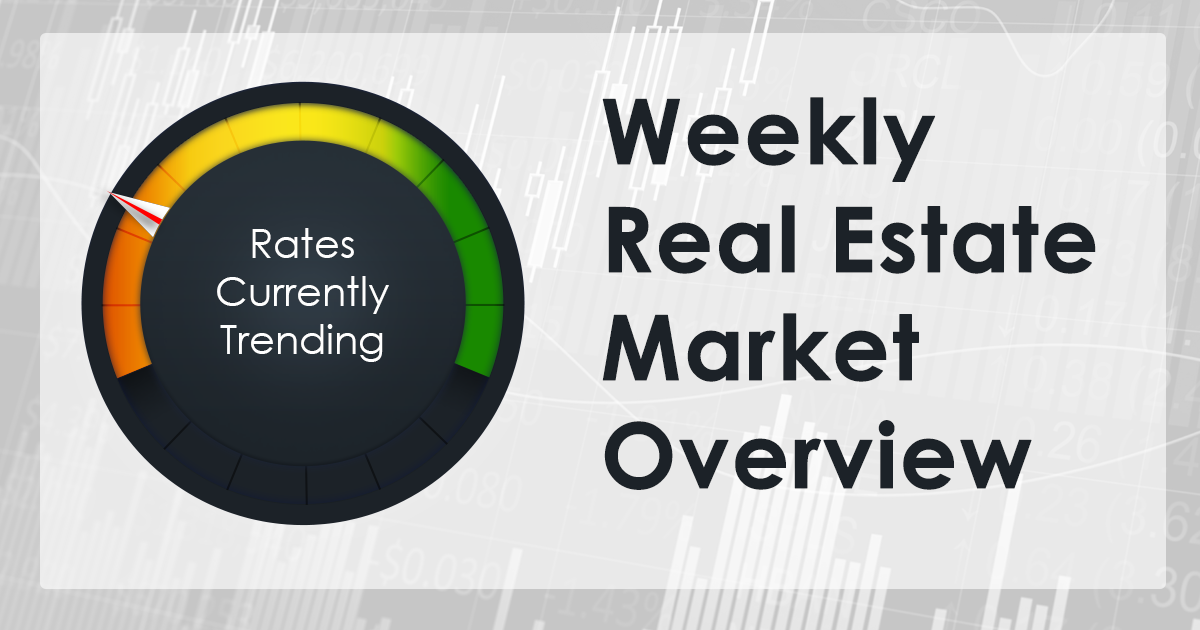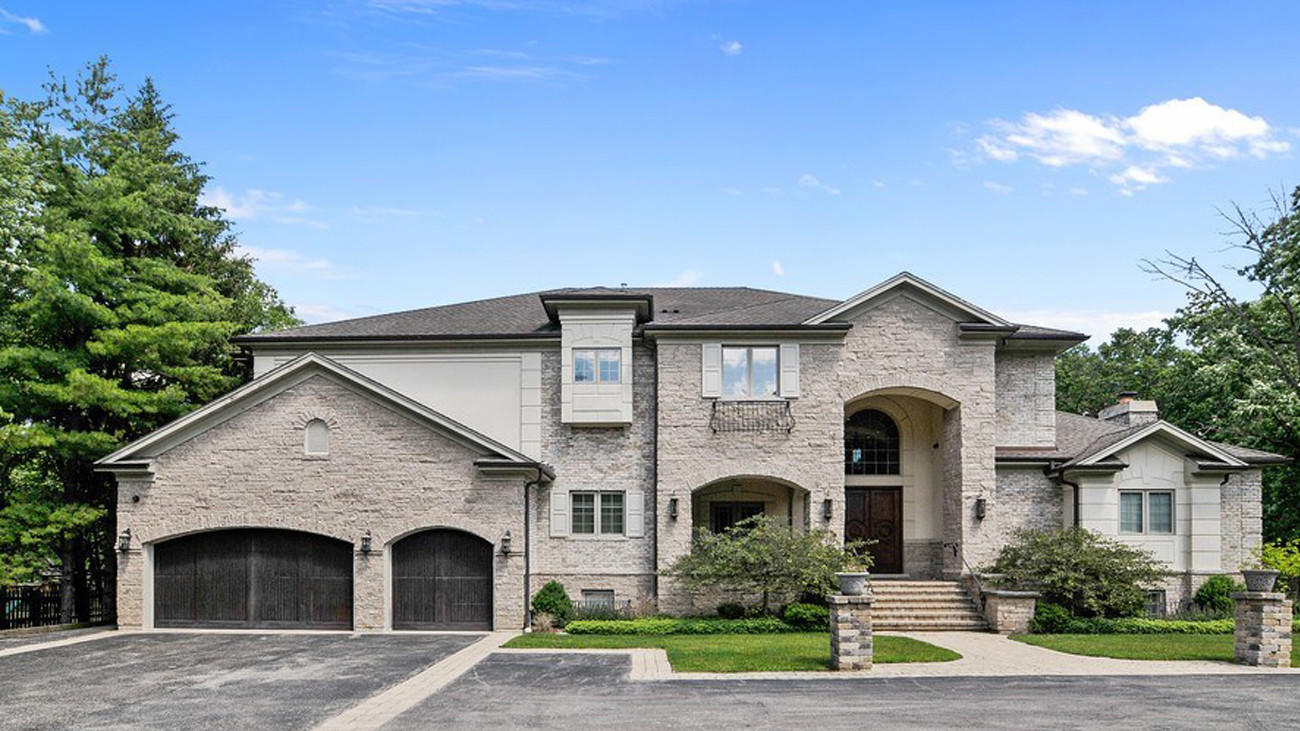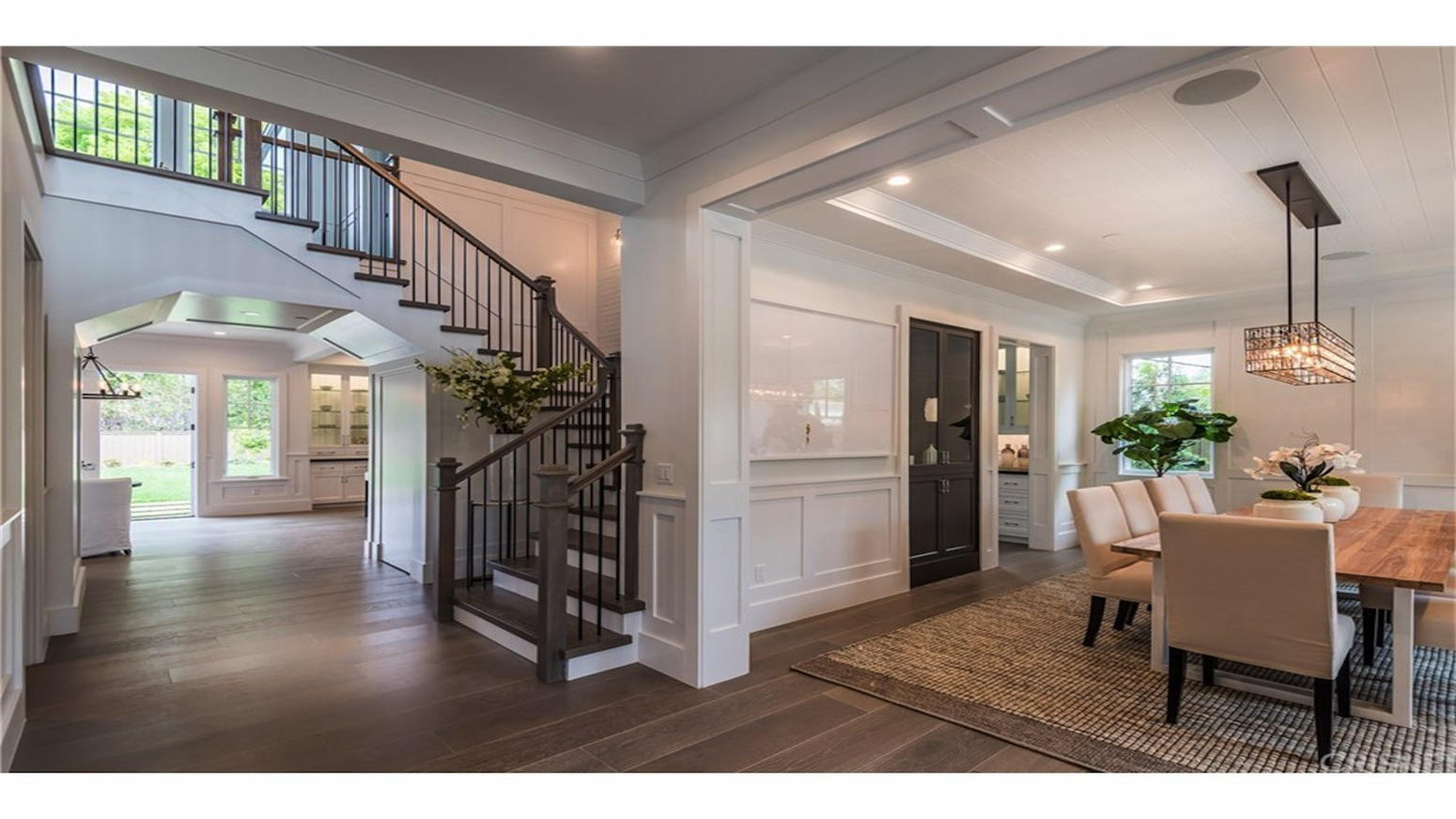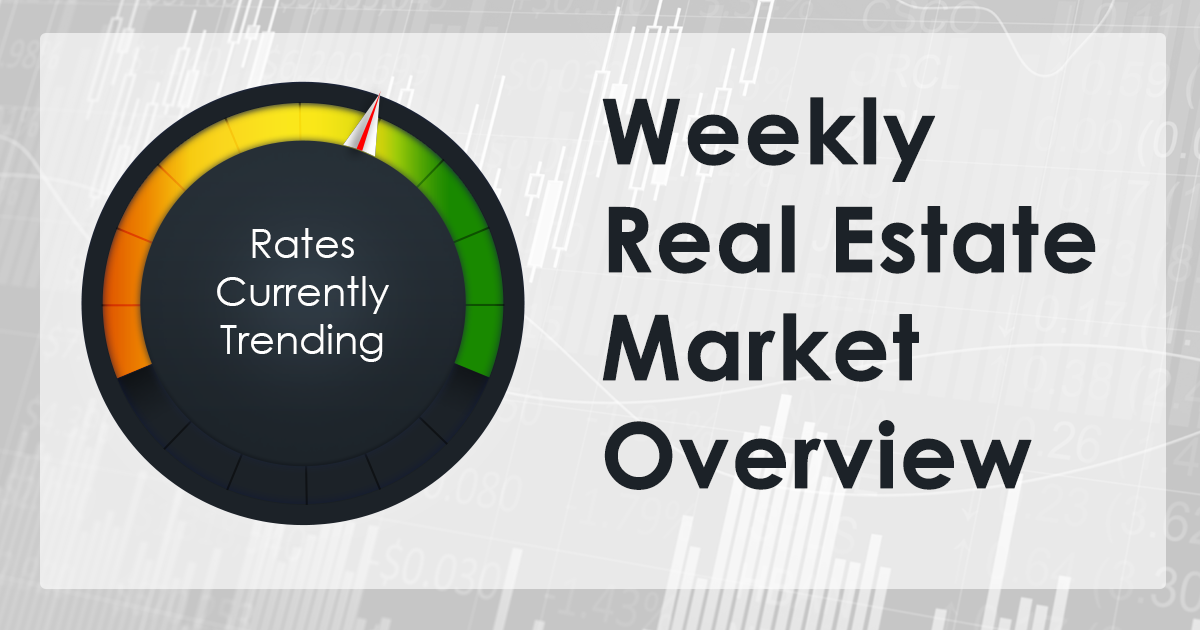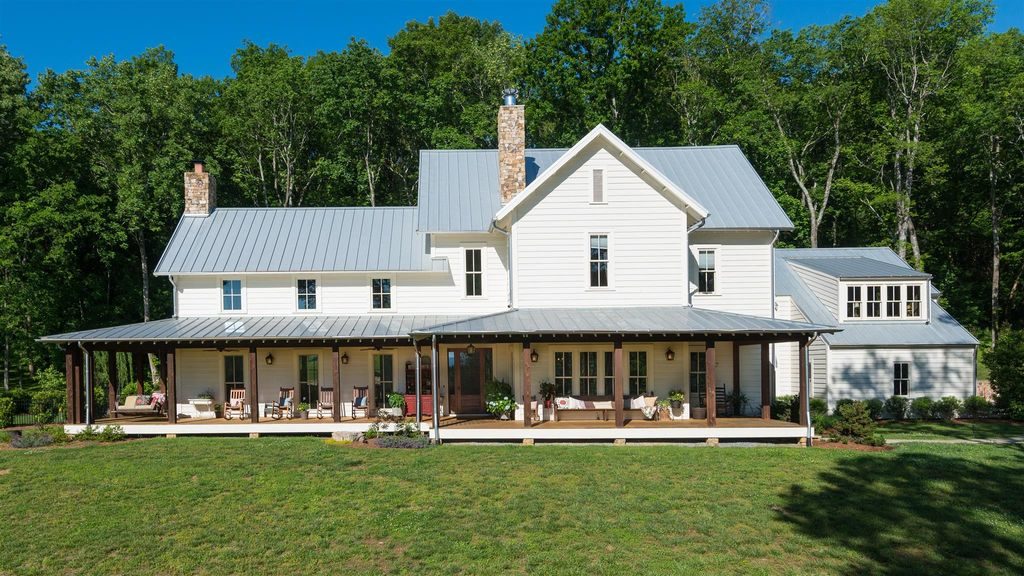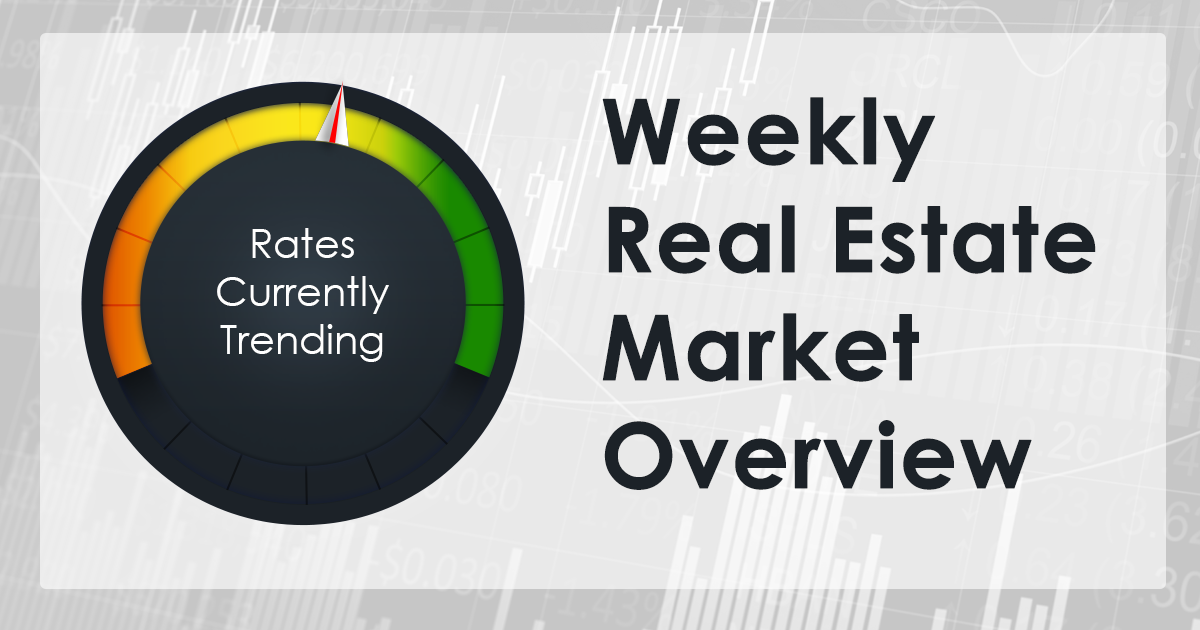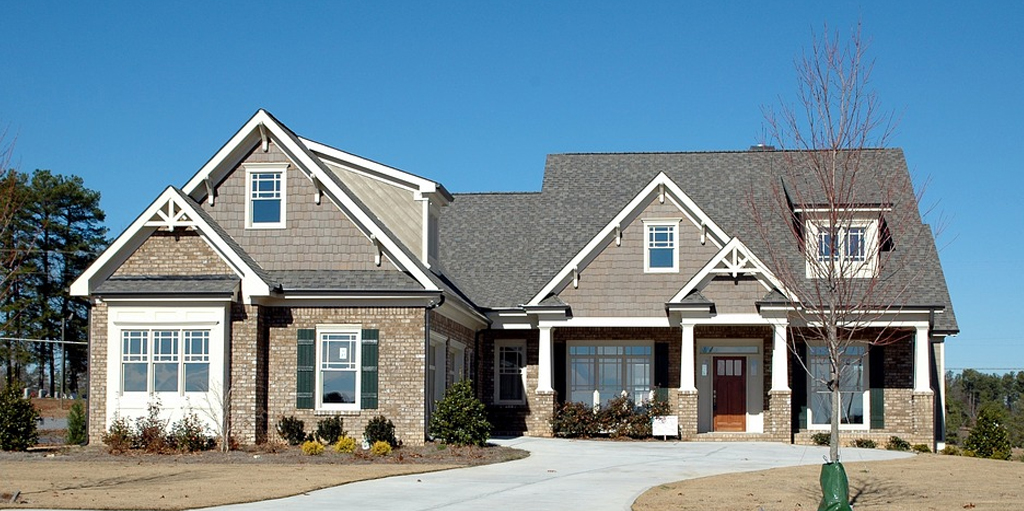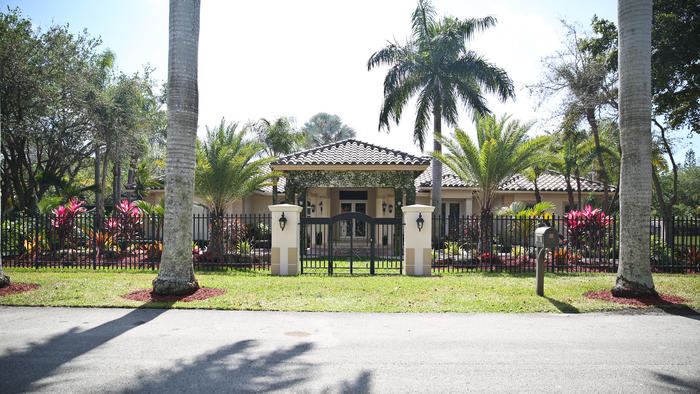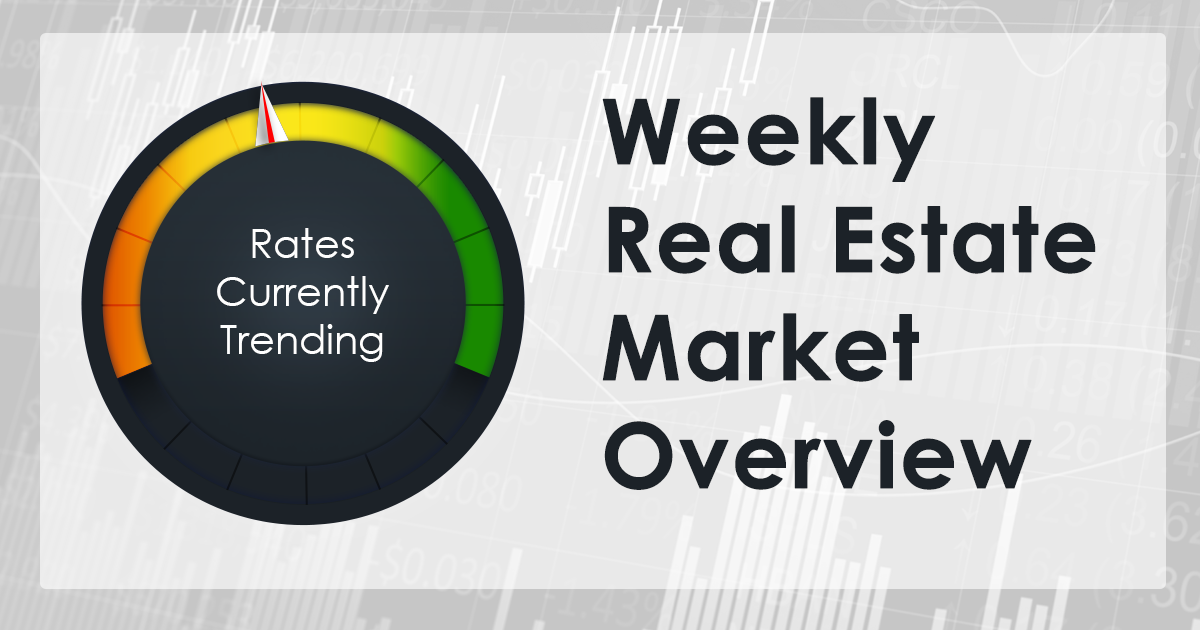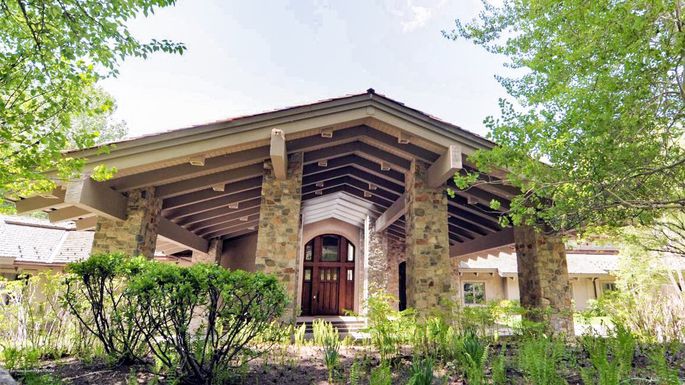
Low inventory continues to push home prices higher
___
Published Date 8/25/2017
Home buyers today, especially those entering the market for the first time, are experiencing the effects of the current shortage of housing inventory. Multiple offers on listings are common, and properties often sell above their asking price.
According to Realtor.com, the nationwide inventory is 1,582,842, a decline of 10% from the same time last year. New housing starts in May were at an 8-month low: 779,000, down 1.9% from the previous month. Today’s inventory is a 4-month supply, compared to 12 months’ supply in mid-2010.
This shortage, existing even in the face of historically low mortgage rates and good availability of credit, has led to sharp increases in home prices. Nationwide, the median price of a single-family home has risen nearly 10% from the previous year.
The time a property spends on the market has dropped, as well. The national average is 64 days, but in some markets, that time is significantly shorter. In the Detroit Metro area, homes sell in 38 days. In the San Francisco Bay Area, properties sell in 32 days—and the number of active listings is below 5,000. This is 23% fewer homes for sale than last year. There are a few outliers, however; Abilene, Texas, with its 692 active listings, reports 60 days on the market for its inventory, which is on a par with last year’s figures.
The nationwide shortage of inventory could reach crisis proportions soon. Some would say that the crisis is here today. Although home prices are rising at a double-digit rate in many areas, after-tax incomes have not kept up, increasing by just 2.2% over the past year. Much of the inventory increase has been in the upper-tier, pricier homes. Lower-priced, “starter” homes are flying off the shelves. In many markets, multiple offers are common in the first week a lower-priced home is offered.
The tight housing supply has contributed to the rising prices—and rents have come under pressure, as well. Would-be homeowners trying to save enough cash for a substantial down payment and closing costs often find themselves losing hope as they watch home prices rise ever higher.
Move-up buyers are not in the same predicament as first-timers. Their equity is increasing along with the broader market, so they are not watching their purchasing power decline. Furthermore, they are not faced with rising housing costs as renters are, so they can afford to sit tight.
First-time buyers can take heart in the fact that there is some form of buyer assistance in all 50 states. This may take the form of grants or low-interest loans to help cover down payment and closing costs, and in some areas, tax credits to help offset the higher costs of home ownership. Real estate and mortgage professionals are in the business of keeping abreast of these kinds of programs.
A conversation to explore the options will be time well spent for any aspiring homeowner.
Source: TBWSAll information furnished has been forwarded to you and is provided by thetbwsgroup only for informational purposes. Forecasting shall be considered as events which may be expected but not guaranteed. Neither the forwarding party and/or company nor thetbwsgroup assume any responsibility to any person who relies on information or forecasting contained in this report and disclaims all liability in respect to decisions or actions, or lack thereof based on any or all of the contents of this report.


Austin Hurt
Associate Broker
License: FA100093035
Gold Compass Real Estate, Inc.
4 West Dry Creek Circle Suite 100, Littleton CO
Office: 303-325-5690
Cell: 720-877-1370
Email: sales@coloradohomeblog.com

Austin Hurt
___
Associate Broker
License: FA100093035
Cell: 720-877-1370
Last articles
___

The April Personal Consumption Expenditures Price Index
4/26/2024
PCE is the key measure of inflation for the Federal Reserve... view more

The April Personal Consumption Expenditures Price Index
4/26/2024
PCE is the key measure of inflation for the Federal Reserve... view more

Three things that could impact rates the week starting 04-22-24
4/23/2024
This week we look to GDP, PCE and the Bank of Japan as the primary market movers... view more

The March Personal Consumption Price Expenditures Price Index
3/29/2024
PCE is the key measure of inflation for the Federal Reserve... view more

Three things that could impact rates the week starting 03-18-24
3/19/2024
This week we look to FOMC, other central banks and Treasury auctions as the prim... view more

Three things that could impact rates the week starting 03-11-24
3/11/2024
This week we look to Inflation, Retail Sales and Treasury Auctions to be the pri... view more

Three things that could impact rates the week starting 03-11-24
3/11/2024
This week we look to Inflation, Retail Sales and Treasury Auctions to be the pri... view more

Three things that could impact rates the week starting 02-26-24
2/26/2024
This week we look to US treasury Auctions, PCE and Federal Reserve speakers to b... view more

Three things that could impact rates the week starting 02-20-24
2/20/2024
This week we look to the FOMC minutes, Treasury Auction and geopolitics are the ... view more

The February Consumer and Producer Price Indexes
2/16/2024
The inflation data for January was much higher than expected... view more
Load more
 Gold Compass Real Estate, Inc.
Gold Compass Real Estate, Inc.










































